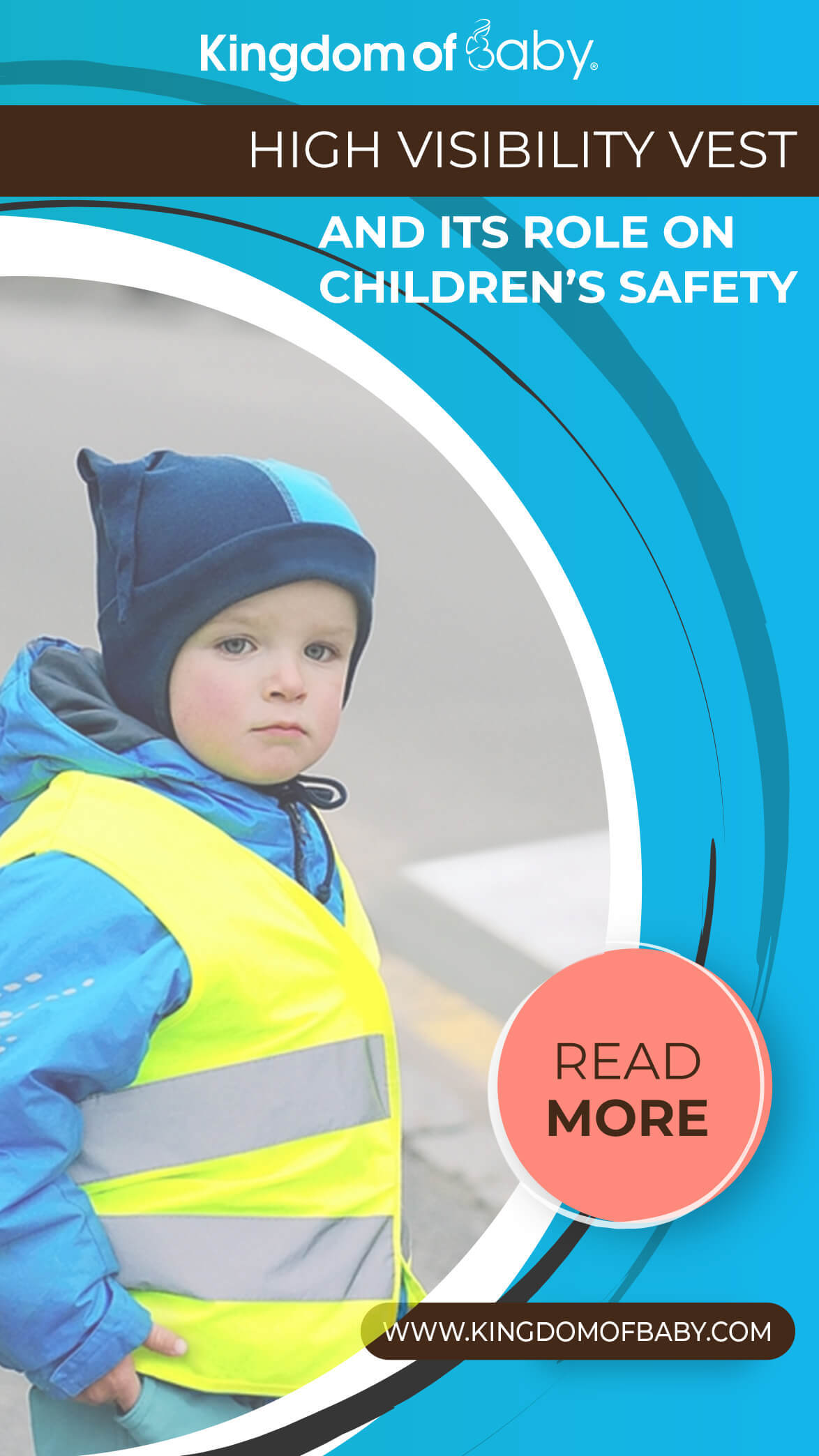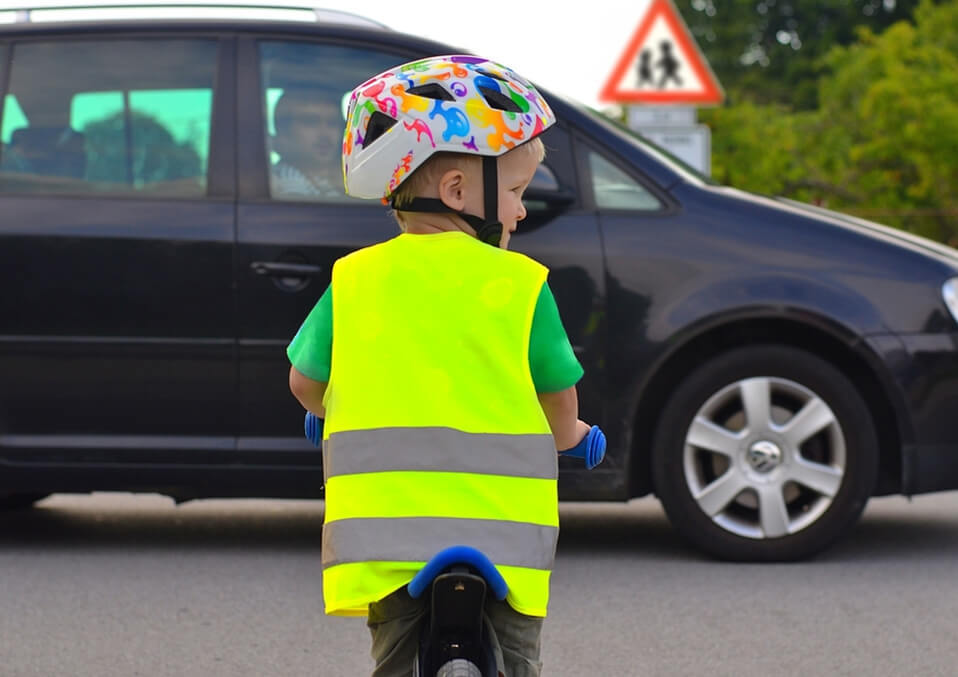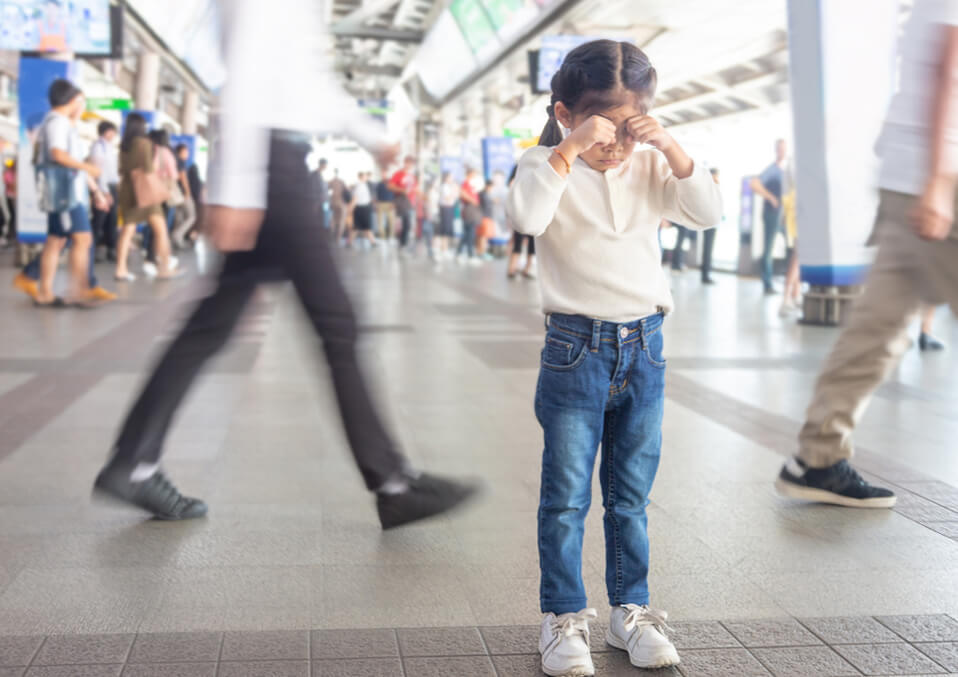 With the rising of awareness of parents, communities and educational institutions in the safety of kids, different safety items are being introduced. Creative and effective ways of child-proofing the homes are more available than before. Nevertheless, be it inside or outside the homes, parents are encouraged to apply different safety procedures and supervise their kids to be more aware of it by starting to teach safety even at a young age.
With the rising of awareness of parents, communities and educational institutions in the safety of kids, different safety items are being introduced. Creative and effective ways of child-proofing the homes are more available than before. Nevertheless, be it inside or outside the homes, parents are encouraged to apply different safety procedures and supervise their kids to be more aware of it by starting to teach safety even at a young age.
For kids to be safe outside, different measures and precautions should be observed. Also, safety items can be used to protect the kids outside. One of the many items that concern parents can use is high visibility vest which is also known as a hi-vis vest.
Generally, visibility vests are often worn by those working in industrial and construction sites as Personal Protective Equipment or PPE. Those who are working within a crown or with moving items and vehicles also use reflective vests like trolley collectors, postal workers, and traffic law enforcers. Police officers also use it for them to be noticed as to deter wicked individuals and to make them more visible in case someone might be needing their assistance. It is also used in sports. Runners, cyclists, horseriders, and bikers have their outfit designed with reflective strips and trims for them to be safe.
But how about kids? How important are these safety vests? When and do they need to wear this? How can parents choose vests suitable for their kids?
High-vis vest is intended to be seen. Putting it in a child will equate to the same purpose – letting your kids to be seen. Certain activities require kids to go out, from school trips, charity walks and marathons to simple walks to and from the school, the church or commercial shops. Children are precious, little gems parents always want to protect. They always try to keep their eyes on them. But in certain circumstances that may not allow it, these reflective kids’ vests can help.
Some facts and trivia
 Since 2013, the standard for high visibility clothing in Europe was updated. Class 1 refers to those with the lowest level of visibility. Reflective bands of five centimeters in each pair of trousers’ legs are enough. Class 2 is intermediate. This is where kids’ hi-vis vests belong. Aside from the bright colors, the vests feature either one or two reflective bands around the body and braces on both shoulders. Class 3 has a higher level of visibility that features two 5-centimeter bands of reflective tape on the body, the arms, and the shoulder.
Since 2013, the standard for high visibility clothing in Europe was updated. Class 1 refers to those with the lowest level of visibility. Reflective bands of five centimeters in each pair of trousers’ legs are enough. Class 2 is intermediate. This is where kids’ hi-vis vests belong. Aside from the bright colors, the vests feature either one or two reflective bands around the body and braces on both shoulders. Class 3 has a higher level of visibility that features two 5-centimeter bands of reflective tape on the body, the arms, and the shoulder.
The first high visibility clothing is the reflective jacket introduced by railway maintenance workers in 1964 in the United Kingdom. In 1974 and after, these protective jackets become the standard for safety clothes. This is where hi-vis vests evolved. Based on some studies, wearers are so noticeable that they can be identified three seconds ahead of those who are not wearing reflective vests.
Some colors of these hi-vis vests are recommended in certain situations. When in the sea, it is advised to use orange vests since it contrasts against blue and gray. Horse riding kid’s vest is often pink since it is the color that is not abundant in nature and contrasts against many landscapes. Yellow is the most common color and it has the sharpest contrast on varied surroundings. This is the color that is commonly used in child visibility vests.
When kids should be “bright”
 There are certain cases wherein children are required to wear dark clothes. Some have dark coats, pants, and skirts as school uniform. When a kid blends in the crowd, it is not easy to tell who’s who. As schoolchildren stroll through the roads, it is better to make them more visible. Although reflective strips in bags and shoes may help, high vis vests are the best for the purpose. Especially at night, reflective vests will make other motorists and pedestrians notice them.
There are certain cases wherein children are required to wear dark clothes. Some have dark coats, pants, and skirts as school uniform. When a kid blends in the crowd, it is not easy to tell who’s who. As schoolchildren stroll through the roads, it is better to make them more visible. Although reflective strips in bags and shoes may help, high vis vests are the best for the purpose. Especially at night, reflective vests will make other motorists and pedestrians notice them.
Sometimes, teachers will get the students out of a classroom to learn in a real-life setting. They might use public transport and tread on sidewalks and parks. It is easier to monitor the kids and keeps them together when they are bright and visible.
High vis vests are also required to those who are walking, jogging or cycling at unlit night. In some countries like Spain and France, riders of a vehicle are all required to carry visibility raincoats or vests in case of a vehicle breakdown.
Other safety features
Kids’ safety vests are available in different colors, designs, and sizes to fit a parent’s or a kid’s preferences. The latest designs incorporate other safety features that are proven beneficial like anti-lose gadgets. Some of the innovative additions are the following:
Colors and reflective ability to adjust during the day. The main point is fluorescent in the morning, reflective at night. Fluorescent colors appear very bright because of the technique that it absorbs and emit different types of light. At night, on the other hand, reflective materials allow light to bounce off. Regardless of poor visibility because of light fading, a child can still be easily identified. Some even attached colored LED light for increased visibility. Hi-vis vest today incorporates these two materials to make the vest suitable to wear both during the day and at night.
A built-in panic alarm is also attached to one of the vest pockets to make it easier to call for help even in noisy, crowded places.
Some come with a secret safety harness so it will come in handy in case you need it, like when your hands are full or when your child tends to be playful while walking.
Secret pockets can carry tamper-proof, water-resistant cards wherein you can write to you and your child’s information in case of loss. You can also put GPS trackers for an easier location.
These features and add-ons make kids safer while using visibility vests. So every time you and your kids go out for a walk, better get high visibility vests ready for added protection.
Read also:
- Safety Products to Child-proof the Home
- Biking Safety: How Helmet Protects a Child?
- Everything You Need To Know For Your Child Safety


